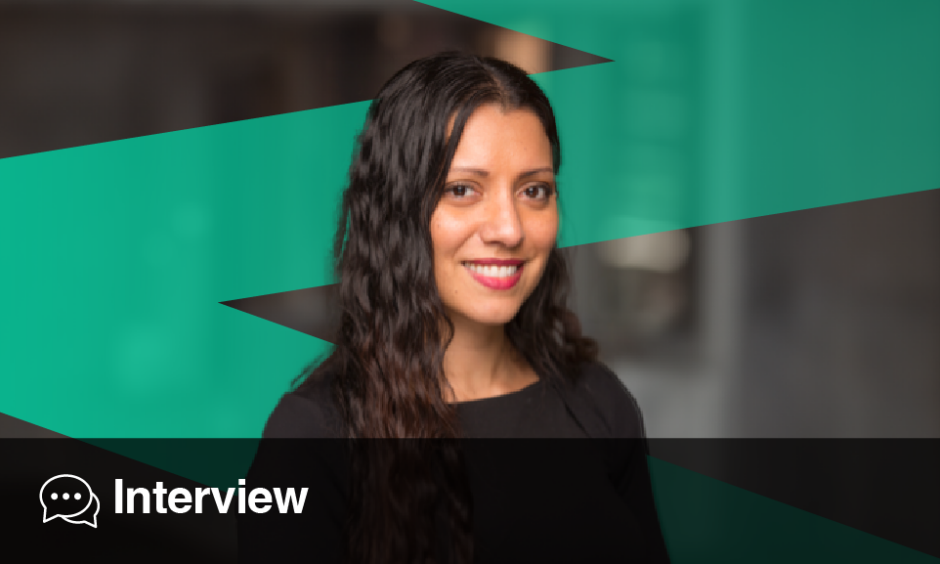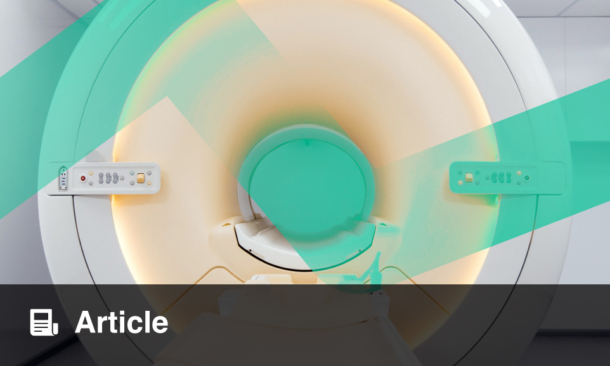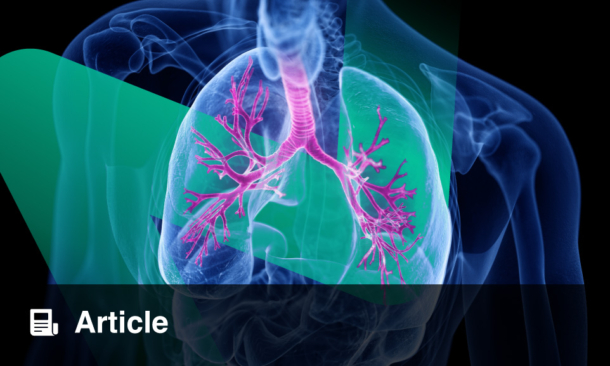Patricia Silveyra | Associate Professor and Chair, Department of Environmental and Occupational Health, Indiana University, Bloomington, USA
Citation: EMJ Respir. 2024;12[1]101-103: https://doi.org/10.33590/emjrespir/MRDM3028. ![]()
What initially inspired you to begin working in respiratory health, specifically researching sex differences in lung disease?
I grew up in a big city with lots of visible air pollution, and a high prevalence of smoking and chronic obstructive pulmonary disease (COPD), so I was always interested in helping my community reduce the burden of these factors on their health. Also, my grandfather had asthma and was ‘treated’ by moving away from the city to a less polluted area with high altitude, which also made me curious (why would altitude help asthma?). While I initially didn’t study lung diseases (my PhD focused on molecular endocrinology), it was during my postdoc that I was introduced to the field of female health and sex differences, and found out that many lung diseases disproportionally affect adult females, especially those that were caused or exacerbated by inhaled pollutants and toxicants. Thus, I decided to apply my knowledge of hormone-mediated mechanisms to understand the basis for these sex disparities in lung disease.
What has been the most surprising finding, in your opinion, in your research on sex differences in lung inflammatory responses to environmental factors?
I knew from personal experience and from talking with other females that the menstrual cycle phase affected many aspects of our health, including asthma exacerbations, allergic responses, headaches, and other conditions. However, these experiences were often dismissed or thought to be serendipitous. While working on a model of ozone-induced lung inflammation, my lab was able to identify the connection between hormonal changes that occur in the menstrual cycle and the expression of genes associated with inflammatory responses, as well as immune cells infiltrated to the lungs. While I expected to find an association, I didn’t expect to find so many genes, cells, and mechanisms involved, nor to find a role of both male and female hormones in mediating these mechanisms.
Your research lab at Indiana University, Bloomington, USA, places particular emphasis on interdisciplinary approaches to research. How do you think this approach has benefitted your research projects?
The interdisciplinary aspect of my research has allowed me to think outside of the box and include new perspectives to understand health problems. Working with physicians, I get to learn about patient experiences and what doesn’t make it to the papers or charts. Working with epidemiologists, I get to integrate multiple variables, social and biological, to better understand the multiple factors that affect the diseases I study and to take the research direction that is more likely to satisfy the needs of the community. Working with nurses and community leaders, I get to communicate my findings to a broader audience and increase the impact of my work.
In 2022, you were named the inaugural Anthony D. Pantaleoni Eminent Scholar, as well as Chairperson for the Department of Environmental and Occupational Health. How have these appointments, as well as your many other awards, opened doors for you in terms of your work and research?
I am honoured to have received these recognitions, and to have been chosen to lead the department. Leadership is about serving others, and I have always enjoyed supporting my colleagues and trainees. The awards have helped me establish a reputation in a competitive field, and allowed me to have a seat at the table where important decisions about science and medicine are made.
Can you tell our readers about some of the major projects you have been involved in as an advocate for females and other underrepresented groups in science, working with Society for Advancement of Chicanos and Native Americans in Science (SACNAS)?
The work I get to do in this area is both exciting and impactful. Serving in organisations like SACNAS allows me to reach thousands of students around the country. The main activities involve mentored scientific presentations, exposure to role models, leadership training, and training in science communication. Most students who come to SACNAS have never had a professor or teacher of colour, nor met an accomplished scientist that looks like them. The exposure to these role models and the mentoring provided at the meeting impact their careers tremendously, allowing them to deal with feelings of imposter syndrome or stereotype threat, and giving them inspiration and motivation to become the best scientists they could be.
What do you think the next steps are for societies such as SACNAS when it comes to getting females and other minority groups involved in science and medicine?
Mentoring and sponsorship are crucial because they open doors and provide clear pathways to success. Exposure to role models, and inclusive practices that de-centre individuals and focus on the environment, are key to increase representation. Individuals from minoritised groups face challenges at every step of their career, by having disproportionate service burdens, lacking access to mentors, networks, and opportunities, and experiencing bias. It is important to address these challenges along the way, not just by recruiting more individuals into careers, but also providing the necessary tools for success and retention.
You work with the National Academies of Sciences, Engineering, and Medicine (NASEM) on their ‘New Voices’ initiative, aiming to bring diverse perspectives from early-career leaders to the field. Why do you think this initiative is so important in medicine today?
I often describe New Voices as the perfect combination of young experts in the most pressing disciplines that advance our society. These early- and mid-career leaders are those having high level discussions that will be impacting science, technology, and medicine in the coming decades. While all of us are leading and impacting our respective fields and communities, working together has created a synergistic effect that allows the creation of recommendations, communications, and technologies to quickly address pressing challenges and disrupt exclusionary systems. It has also allowed the expansion of discussions to the international level, integrating important voices to pressing challenges such as the current climate crisis.
What changes do you hope to see in the near future as a result of your work with New Voices?
I hope to continue to expand my network of collaborators and give direction to the science I conduct in the lab, so that it has a broader reach to communities outside of the USA. I also hope to be able to communicate science in a more effective and inclusive way, using different available technologies and languages, so that I can help fight misinformation, serve as a role model for future generations, and ensure that all members of society benefit and learn from the discoveries that are made with their tax contributions.







